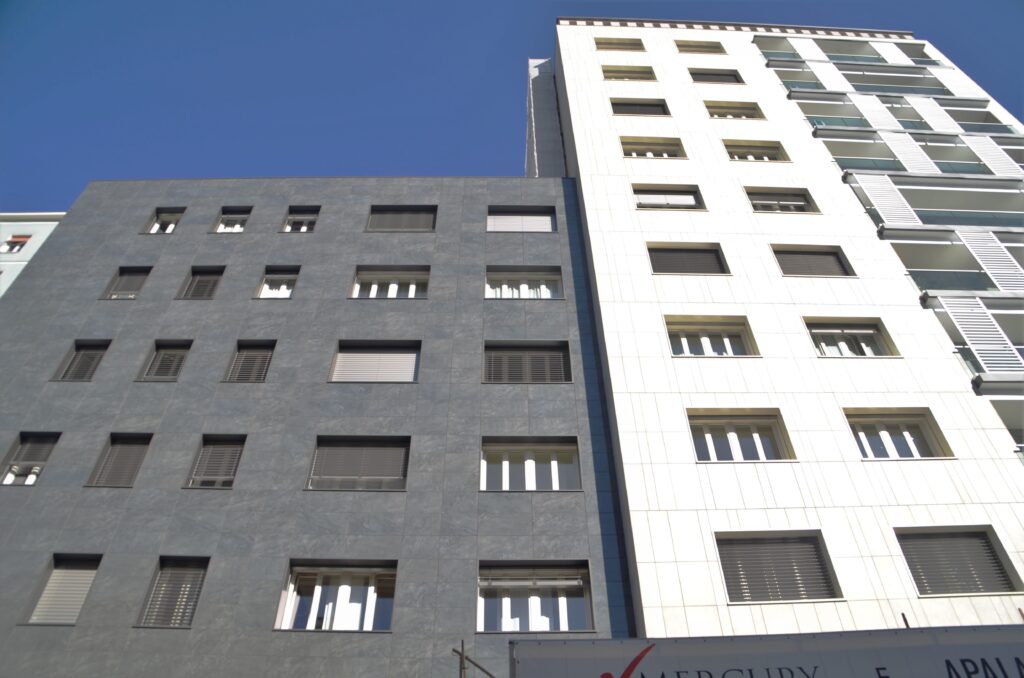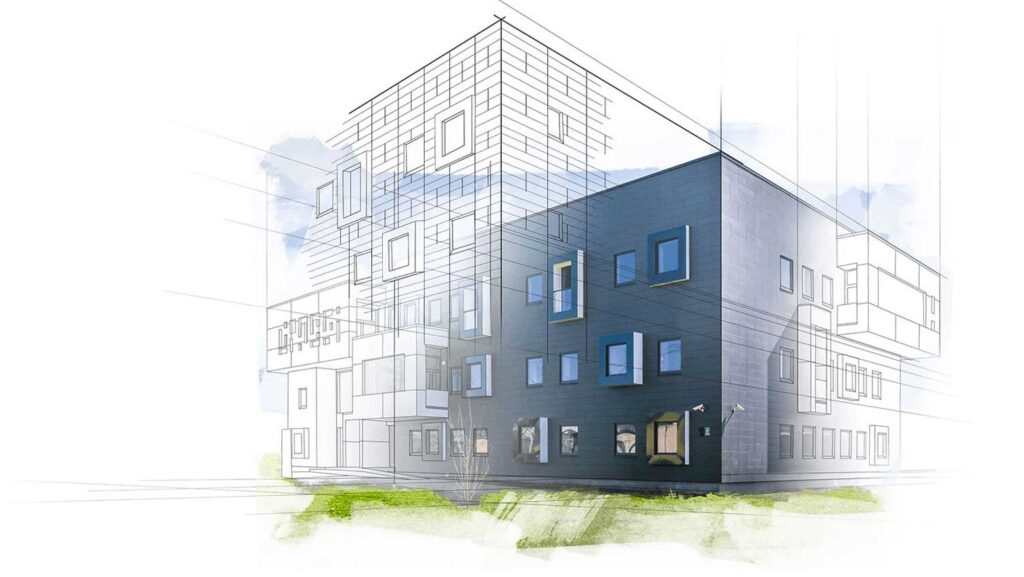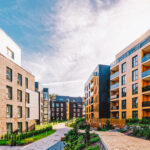The matter of heat insulation in buildings is relatively new. If you are interested in the historical data, you should know that, as early as 1974, the so called battle against waste was launched in some European countries. In Italy, the first energy related legislation was introduced with Law 373/1976 that established the maximum levels of heat dispersion, later revoked by Law 10/1991. As a result, in Europe they started to insulate attics and walls and encourage the use of double glazing in new builds. Modernisation of existing buildings was also encouraged.
In Italy, over the next thirty years, the thermal performance of buildings did not make much progress. It wasn’t until the implementation of the European Directive 2002/91/EC with the legislative decrees 192/2005 and 311/2006 and their implementing measures, that something was done to achieve an improvement due to the fairly restrictive limitations, both for new builds and any kind of work done on pre-existing ones.
As well as reducing the use of fossil fuels and fluctuation in their price, the problem of energy saving is strictly linked to environmental protection and climatic changes. Debated in the 1990s, the influence of human activities on the climate represents a reality that, nowadays, no one can deny.

The importance of heat insulation and tax benefits given for energy modernisation of buildings.
The cleanest energy overall is energy that goes unused. From this point of view, heat insulation is one of the most important sources of energy overall as it reduces energy consumption when heating buildings and subsequently produces a saving in extremely precious raw materials, as well as avoiding the emission of harmful, dangerous substances into the atmosphere, like carbon dioxide (CO2).
In Italy, buildings, together with transport are the main source of anthropogenic pollution due to CO2. Buildings with poor heat insulation are those most responsible and it should be pointed out that 40% of energy consumption comes from office air-conditioning.
It is easy, therefore, to understand why nowadays all the tax systems offer benefits to improve the energy status in buildings. In Italy, the Relaunch Decree – approved in July – as part of the numerous measures enforced from a health perspective, to boost employment and the economy linked to the COVID-19 epidemiological emergency introduced the 110% Superbonus, a maxi deduction for costs incurred from 1 July 2020 until 31 December 2021 for energy and seismic improvement work, the installation of solar panel systems or infrastructures to re-charge electric vehicles in buildings.
And it is here that ventilated façades come into play, or rather, one of the most efficient external cladding technologies to solve the problems of how to protect against moisture and atmospheric agents as well as those linked to the heat and acoustic insulation of buildings.
Furthermore, the continuous external insulation creates an even heat protection of the façade, eliminating thermal bridges and, as a result, improving the building’s energy performances: the air that enters the cavity from the bottom upwards, creates and effective air flow that develops the transpiration functions of the façades and elimination of moisture.
A test carried out in collaboration with the University of Bologna showed how, in the summer, the ventilated façade creates and air flow moving between the external slab and insulation panel. This allows the heated air that forms in the ventilation chamber to be expelled from the top of the building, reducing the heat inputs from outside and also acting as a sun screen, by absorbing and reflecting a large amount of energy from the sun. In the winter, on the other hand, this ventilation is greatly reduced thanks to a lower heat delta between the inside of the chamber and outside. Thanks to this, there remains only a limited activity of convective transfers inside the chamber that do not expel the building’s heat (certainly worth avoiding in the winter!), while still encouraging the elimination of water vapour coming from inside: this way, the condensation phenomena is drastically reduced and the negative effects of any possible water penetration are drastically eliminated with the subsequent reduction in the amount of heat being released from the building.

Why clad the ventilated façade in porcelain stoneware? 12 excellent reasons.
Porcelain stoneware is a particularly compact ceramic, obtained thanks to the mix of different natural raw materials – ceramic clay, feldspars, kaolin and sand – that are finely ground until they become a fine powder. This is then pressed to compact it without the use of glue. It is then baked at extremely high temperatures – around 1150-1250 °C – for 25-30 minutes.
The porcelain stoneware slabs are the best solution for cladding a ventilated façade because they are lighter than stone materials, such as stone or marble, are more resistant and easier to maintain and clean. In addition to this, from a visual point of view, the porcelain stoneware offers you the chance to custom design your architectural project tout court, thanks to a vast range of colours, different types of texture – wood effect finishings, marble, stone and terracotta-cement – and the extensive range of shapes on offer.
The use of porcelain stoneware on walls – as foreseen under regulation UNI EN 14411:2016 and ISO 13006:2018 – guarantees the following 12 advantages:
- High mechanical resistance (tensile modulus) ≥ 35 N/mm2);
- Highly resistant to sudden changes in temperature;
- Extremely low water absorption (≤ 0,5%);
- Highly resistant to freezing (no damage);
- Low linear heat expansion (≤ 6,7×10-6K);
- Insignificant moisture expansion;
- Non-flammable (class A1);
- Colours resistant to sunlight and ageing;
- Stain and smog resistant;
- Resistant to atmospheric agents;
- Lightweight and easy to install;
- Easy to repair in the event of acts of vandalism or graffiti.
To sum up, cladding a ventilated façade with porcelain stoneware means re-assessing both the property and surrounding environment, allowing for the appearance of each building to acquire its own, distinct personality.



